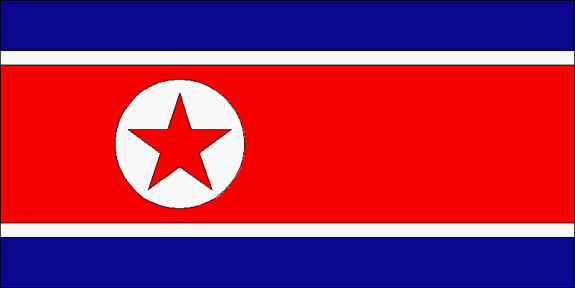



Telecommunications
Telecommunications infrastructure is primitive. Few citizens own a phone and phone numbers are treated with a degree of secrecy. There is no published phone directory and many firms are reluctant to give out their phone, fax or telex numbers, and the phone numbers and addresses of government departments are kept secret. The telecommunications equipment itself, with the exception of the system installed in the Rajin-Sonbong free trade zone by Loxley Telecommunications, is generally 1950s Soviet technology and is poorly maintained.
Based on the limited information available in the early 1990s about the country's telecommunications network, telephone services -- an estimated 30,000 telephones in 1985 -- mainly were available at government offices, factories, cooperatives, and other workplaces. By 1970 automatic switching facilities were in use in P'yongyang, Siniju, Hamhng, and Hyesan. A few public telephone booths were beginning to appear in P'yongyang around 1990. Ordinary citizens do not have private telephone lines. There are international connections via Moscow and Beijing, and in late 1989 international direct dialing service was introduced from Hong Kong. A satellite ground station near P'yongyang provides direct international communications using the International Telecommunications Satellite Corporation (Intelsat) Indian Ocean satellite. A satellite communications center was installed in P'yongyang in 1986 with French technical support. An agreement to share in Japan's telecommunications satellites was reached in 1990. North Korea joined the Universal Postal Union in 1974 but has direct postal arrangements with only a select group of countries.
The Korean Central Television Station is located in P'yongyang, and there also are stations in major cities, including Ch'ngjin, Kaesng, Hamhng, Haeju, and Siniju. There are three channels in P'yongyang but only one channel in other cities. Imported Japanese-made color televisions have a North Korean brand name superimposed, but nineteen-inch black-and-white sets have been produced locally since 1980. One estimate places the total number of television sets in use in the early 1990s at 250,000 sets.
North Korea has two amplitude modulation (AM) radio broadcasting networks, P'yongyang Broadcasting Station (Radio P'yongyang) and Korean Central Broadcasting Station, and one frequency modulation (FM) network, P'yongyang FM Broadcasting Station. All three networks have stations in major cities that offer local programming. There also is a powerful shortwave transmitter for overseas broadcasts in several languages. In the early 1990s, North Korea had an estimated 3.75 million radio sets; radio dials, however, are fixed to receive only designated frequencies, preventing reception of foreign broadcasts.
Sources and Resources
http://www.fas.org/nuke/guide/dprk/target/comm.htm
Maintained by Webmaster
Updated Wednesday, March 01, 2000 9:45:32 AM






